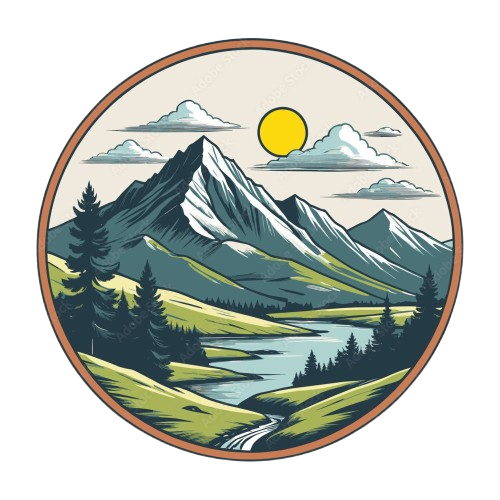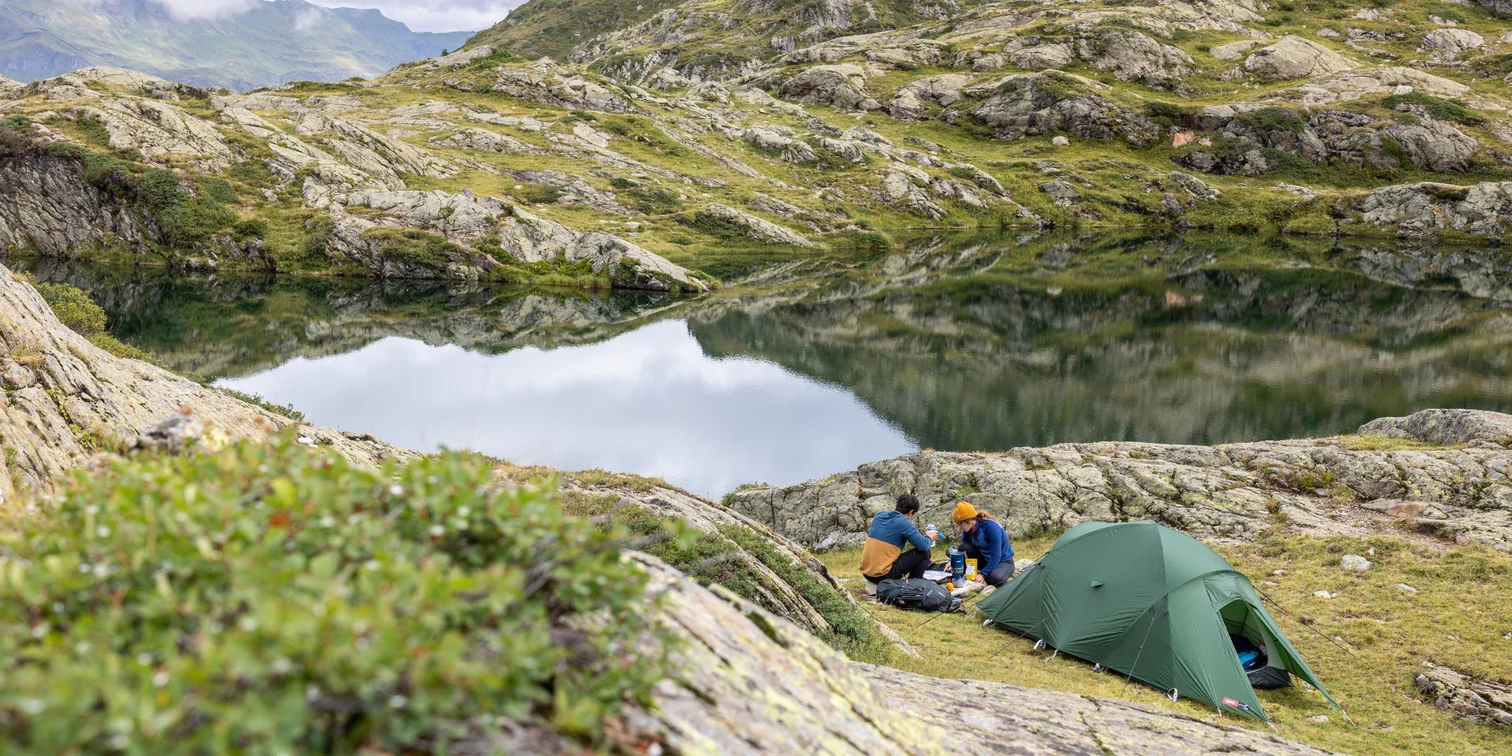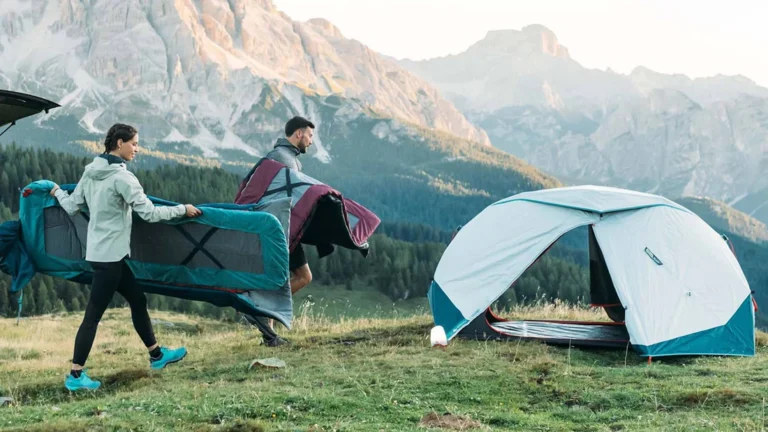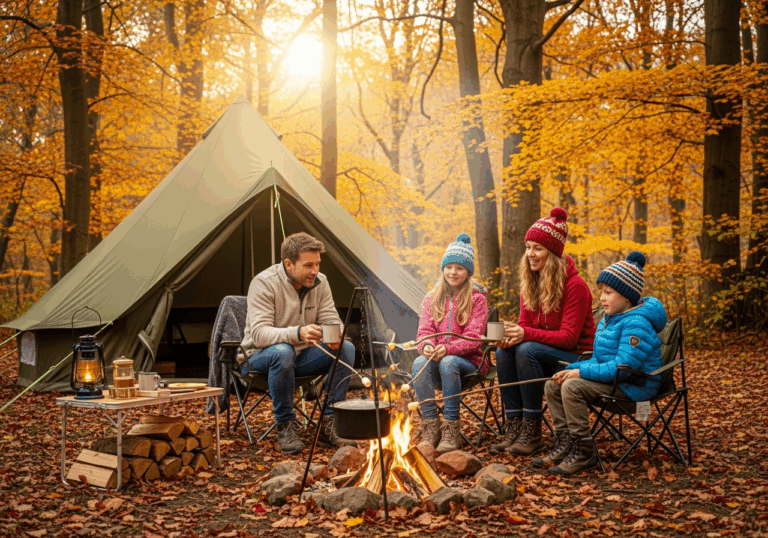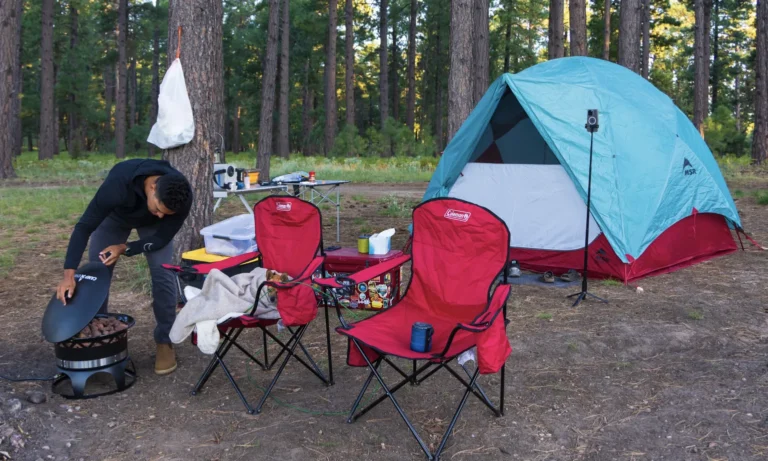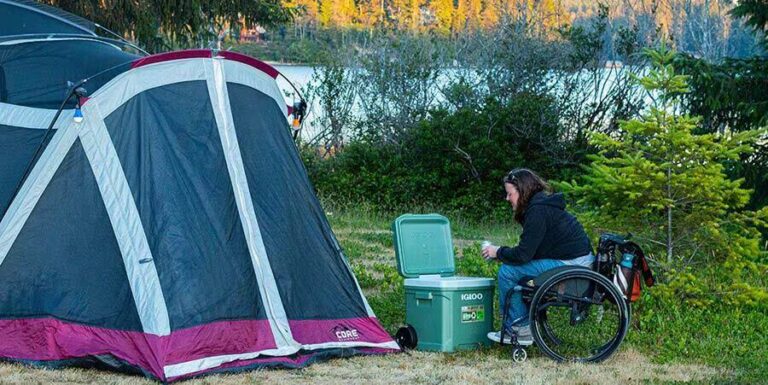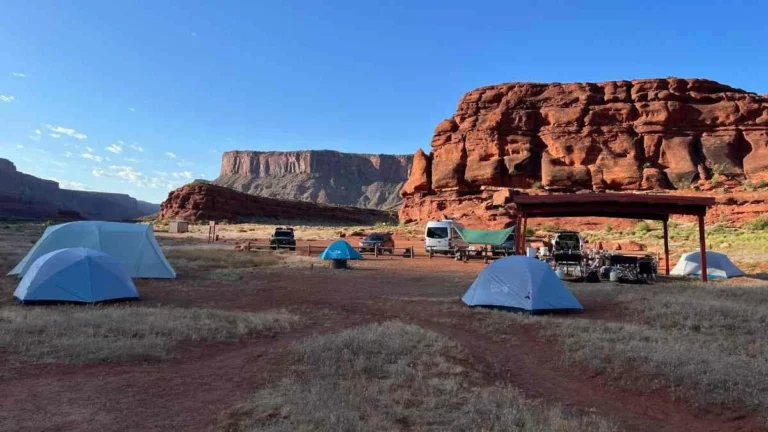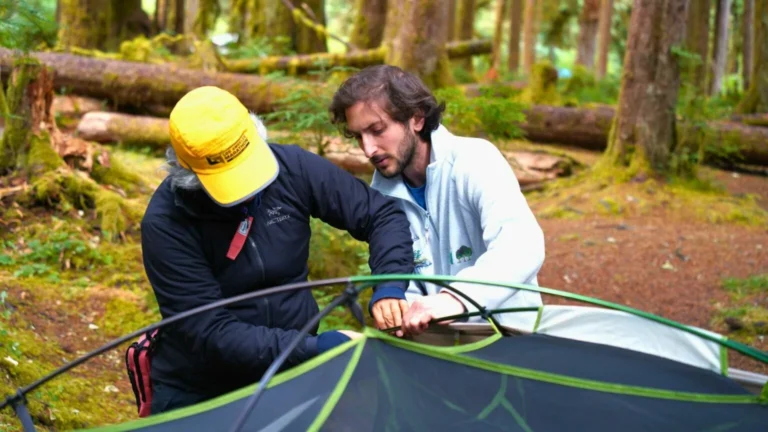The Whole Guide for Wild Camping
One of the most liberating ways to enjoy the great outdoors is through wild camping, also known as “stealth camping” or “free camping.” In contrast to conventional campgrounds, wild camping entails setting up your tent outside of approved areas, frequently in the middle of nowhere, far from amenities and people. It’s about living simply, being independent, and appreciating the unadulterated beauty of the outdoors. This guide will cover everything you need to know if you’re thinking about trying wild camping, from gear to etiquette, and from preparation to safety.
What is Wild Camping?
Wild camping is the practice of setting up camp in natural, non-commercial areas, usually without facilities like toilets, running water, or marked pitches. It’s about living lightly, blending in with the landscape, and enjoying nature on its own terms. For many, it’s the purest form of camping—just you, your gear, and the wilderness.
Why Choose Wild Camping?
- True Connection to Nature – You’ll wake up to untouched landscapes, wildlife, and silence.
- Freedom – No need to book or pay for a site, just find a spot that feels right (and is legal).
- Adventure – Wild camping pushes you to be resourceful, adaptable, and adventurous.
- Privacy – Unlike busy campgrounds, you’ll often have entire valleys, forests, or hillsides to yourself.
Is Wild Camping Legal?
This depends heavily on your location:
- UK: Legal in Scotland (with restrictions), but in most of England and Wales you need landowner permission (exceptions in Dartmoor).
- US: Often allowed on public lands and national forests but prohibited in most national parks.
- Europe: Rules vary—some countries allow it freely, others are stricter.
- Asia & Beyond: Many regions allow it but always check local laws.
👉 Tip: Research before you go. Even if it’s technically illegal, some countries tolerate discreet, responsible wild camping. Always stay respectful and low-impact.
Essential Gear for Wild Camping
Since you won’t have the facilities of a campsite, you need to carry everything you’ll rely on:
- Backpack: Lightweight yet large enough (40–60L).
- Tent / Bivvy Bag / Hammock: Go for lightweight, discreet colors (greens or browns) to blend in.
- Sleeping Bag & Mat: Insulated and season-appropriate for warmth and comfort.
- Cooking Gear: Compact stove, fuel, pot, spork, and lighter.
- Food & Water: Non-perishable meals and snacks; water filter or purification tablets.
- Clothing: Layered, weather-appropriate, quick-dry materials.
- Navigation Tools: Map, compass, or GPS (don’t rely solely on your phone).
- Lighting: Headlamp or small torch with spare batteries.
- First Aid Kit: Compact but equipped for minor injuries.
- Leave No Trace Kit: Trash bags, biodegradable soap, trowel (for digging a cat hole).
Finding the Right Spot
When choosing where to pitch:
- Arrive Late, Leave Early – Avoid drawing attention and respect the wilderness.
- Flat, Dry Ground – Avoid areas prone to flooding or high winds.
- Away From Trails and Roads – Maintain privacy and reduce disturbance.
- Water Source Nearby – Close enough for convenience, but at least 60 meters away to avoid contamination.
- Safe Distance from Wildlife – Don’t camp near animal trails or burrows.
Wild Camping Safety Tips
- Tell Someone Your Plans: Share your location and return time with a trusted person.
- Weather Awareness: Always check forecasts before heading out.
- Wildlife Respect: Store food securely and never feed animals.
- Fire Safety: Use a small camp stove instead of open fires, unless fires are permitted and safe.
- Navigation Skills: Be confident in reading maps and finding your way without relying on phone service.
- Emergency Prep: Carry a whistle, multitool, and backup power source.
The Ethics of Wild Camping
The golden rule: Leave No Trace. This means:
- Pack out all trash.
- Don’t damage vegetation or disturb wildlife.
- Avoid loud noises and leave the area as you found it.
- Use biodegradable soap for cleaning.
- Bury human waste in a small hole, at least 15–20 cm deep and far from water sources.
If everyone follows these practices, wild camping will remain sustainable and respectful.
Food Ideas for Wild Camping
Cooking without the luxuries of a kitchen can still be delicious:
- Instant oats with dried fruit for breakfast.
- Tortilla wraps with tuna, cheese, or beans for quick lunches.
- Dehydrated meals or pasta with sauce packets for dinner.
- Trail mix, nuts, jerky, and energy bars for snacks.
Tip: Pre-portion meals into ziplock bags to save space and reduce waste.
Wild Camping Hacks
- Use your backpack as a pillow by stuffing it with clothes.
- Bring a sit pad for comfort during meals and rest stops.
- Dry wet boots overnight by stuffing them with newspaper or dry clothes.
- Keep electronics in ziplock bags to protect from rain.
- Mark your tent pegs with reflective tape so you don’t trip at night.
The Joy of Wild Camping
Wild camping strips life back to basics. There’s no Wi-Fi, no scheduled activities, and no convenience stores around the corner. It’s just you, the sounds of nature, and the simple rhythm of living outdoors. Whether you’re stargazing under a clear sky, listening to the crackle of your stove, or waking up to a sunrise with no one else around, the experience can be deeply grounding and rejuvenating.
Final Thoughts
Wild camping isn’t for everyone—it’s tougher, more unpredictable, and less comfortable than traditional camping. But for those who embrace it, it offers a sense of freedom and peace that’s hard to find anywhere else. The key is preparation, respect for nature, and adaptability. Pack smart, tread lightly, and camp responsibly.
So, are you ready to trade the campsite crowds for hidden valleys and remote forests? With the right mindset and gear, wild camping could be your next great adventure.
